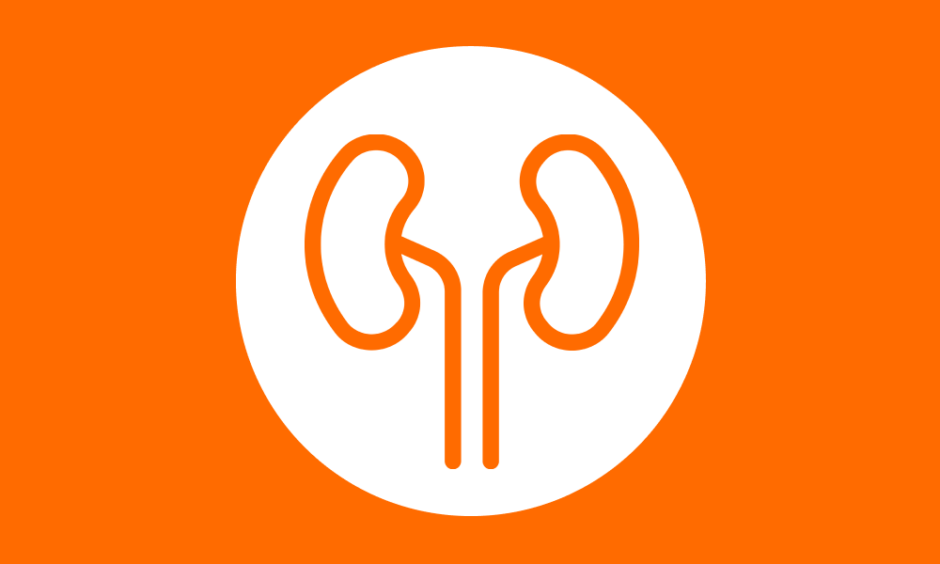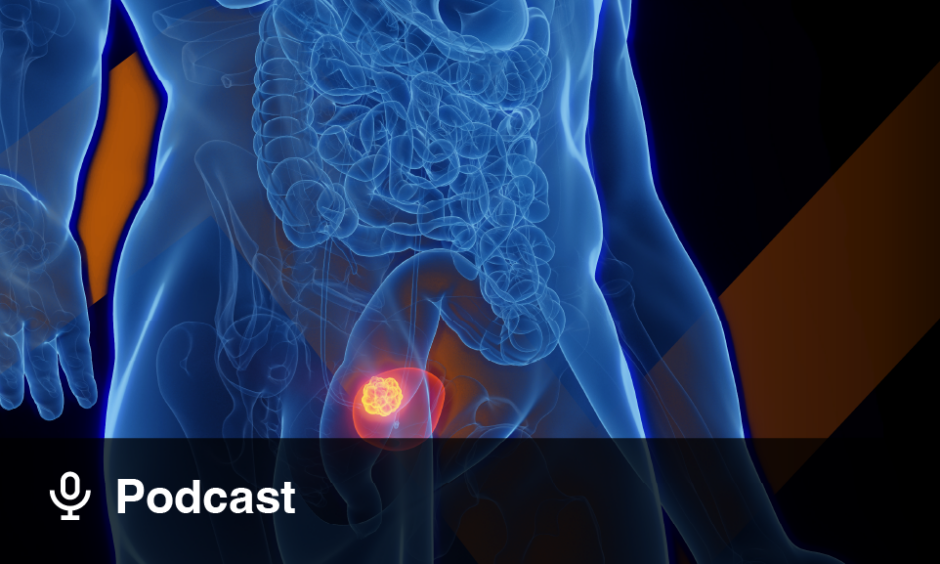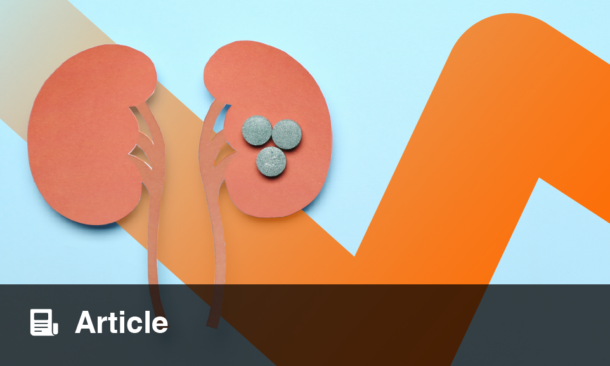Author: Abigail Craig, Editorial Assistant
Citation: EMJ Urol. 2023; DOI/10.33590/emjurol/10303553. https://doi.org/10.33590/emjurol/10303553.
![]()
FOR the first time, prostate-specific antigen (PSA)-based prostate cancer screening has been included in the Screening Recommendations published by the European Commission (EC). A series of presentations and discussions were held at the European Association of Urology (EAU) 2023 Congress in Milan, Italy, on how European Union (EU) member states should swiftly implement these recommendations in their own populations. Emphasis was placed on raising awareness and promoting risk stratification before biopsy to reduce overdiagnosis.
THE BURDEN OF PROSTATE CANCER ACROSS THE EUROPEAN UNION
Partha Basu, Head of the Early Detection and Prevention Branch of the International Agency for Research on Cancer (IARC), Lyon, France, presented prostate cancer specific mortality trends across the EU. While the burden of prostate cancer is high in these countries, associated mortality is largely variable. Averages across the continent show that mortality rate is more than double the EU average in some countries, such as Estonia and Slovakia, while much lower in others, such as Spain and Italy. Basu highlighted that prostate cancer incidence is often driven by the presence or absence of screening, as shown by a rise in diagnoses up until the de-escalation of screening in 2007/8. However, mortality is largely dependent on access to care and care quality. These trends can be identified in data from the USA: as screening increased so did incidence, while the late diagnosis of prostate cancer was reduced.
PROSCREEN
The subsequent discussion centred around updates from numerous ongoing trials. One of these detailed was ProScreen, a large population-based screening trial that aims to reduce overdiagnosis while retaining or increasing the impact of prostate cancer screening on mortality. Anssi Auvinen, Tampere University, Finland, outlined that ProScreen is the only trial with prostate cancer mortality as the endpoint, describing it as “the gold-standard for screening; it represents the real benefit of screening, and it is not prone to bias like other intermediate outcomes.”
The study included males aged 50–63 who were randomised to either a screening arm or a control arm in a ratio of 1:3. Those randomised to the screening arm underwent three sequential tests; a PSA test, 4Kscore test, and an MRI. Only those with concerning results in all three tests were referred for a targeted biopsy. The first screening round of 60,784 males is almost complete, despite delays caused by COVID-19, and so far, around 330 cases of prostate cancer have been identified in the control arm. Participants with a baseline PSA of >3.0 ng/mL and 1.5–3.0 ng/mL have since been screened after a follow-up delay of 2 and 4 years, respectively. Results for this follow-up are currently under analysis and are set to be presented at the EAU24, where the emphasis will be on the accurate detection of prostate cancer through screening without overdiagnosis.
PROBASE
This session also included an update on PROBASE, a randomised trial aiming to determine the efficacy of risk adapted PSA screening in males aged 45 or 50. According to the baseline PSA taken at each of these ages, participants were stratified into three groups; low- (PSA: <1.50 ng/mL), intermediate- (PSA: <1.50–2.99 ng/mL), and high-risk (PSA: >3.00 ng/mL).
The low and intermediate risk groups underwent a second PSA test after 5 and 2 years, respectively. Meanwhile, the high-risk group underwent a multiparametric MRI and biopsy. The initial pool of 23,301 males identified 186 high risk cases (0.8%). Following biopsy, prostate cancer was diagnosed in 48 individuals, with most being low grade cancers (44 out of 48; 91.7%). In the deferred screening arm for low- and intermediate-risk participants, 57 digital rectal examinations produced abnormal results. In 37 of these patients, a biopsy was performed, identifying two cases of low grade (ISUP1) prostate cancer.
In summary, Kathleen Herkommer, Technical University of Munich, Germany, recommended that the “indication for further diagnostic tests should be based on a confirmed PSA value,” and that the rate of cancer detection using digital rectal examination is extremely low.
15 YEARS OF PROTECT
Freddie Hamdy, University of Oxford, UK, and Jenny Donovan, University of Bristol, UK, also provided updates on the ProtecT trial. Between 1999–2009, 82,429 PSA tests were conducted across nine UK centres, with 2,965 cancers being diagnosed and 1,643 patients assigned to active monitoring (545), radical prostatectomy (553), or radical radiotherapy (545).
After 15 years of follow-up, 72% of patients allocated to active monitoring had switched to radical treatment. Surprisingly, the prostate cancer specific survival probability of each of the treatment groups remained largely the same for up to 17 years. Regarding metastases, there was a 50% reduction in incidences for the active monitoring group, but this is yet to translate into differences in mortality. Hamdy addressed misconceptions about the study, emphasising that ProtecT is not just a low-risk cohort of males with prostate cancer, as 34% of patients were classified as intermediate-risk. Hamdy also stressed that ProtecT is not disputing the need for aggressive treatment in high-risk prostate cancer. Although the active monitoring utilised by ProtecT is less intense than contemporary active surveillance, cancer survival showed no difference compared to radical treatments.
Donovan focused on patient-reported outcomes 12 years after treatment. The ProtecT study questionnaire was answered annually, and centred around urinary, bowel and sexual function, and the subsequent impact on quality of life. After 12 years, 24% of patients in the prostatectomy, 11% of patients in the active monitoring, and 8% of patients in the radiotherapy treatment groups experienced urinary leakage. Levels of sexual potency slowly declined across all groups, reaching a minimum at 12 years post-treatment. Donavan described the path to the minimum value as different for each treatment group, but most importantly the active monitoring group reported increased sexual function compared to the radical treatment groups at all timepoints. There was no difference reported for bowel function across the three groups, but when specifically considering faecal leakage, rates were highest in the radiotherapy group (12%). Overall, side effects of radical treatments can continue to affect the lives of males 12 years after treatment. Donovan hopes these results can help newly diagnosed patients with localised prostate cancer assess the trade-offs between the benefits and harms of treatment options.
CLOSING REMARKS
Presentations later centred around the use of genetic biopsies to promote active surveillance in Grade 2 prostate cancers and the appropriateness of MRI in this setting.
Overall, these presentations provided thought-provoking discussions around the appropriate management of prostate cancer. Following these new cancer screening recommendations, a stepwise approach to evaluating the feasibility and effectiveness of organised prostate cancer screening programmes should be undertaken.








